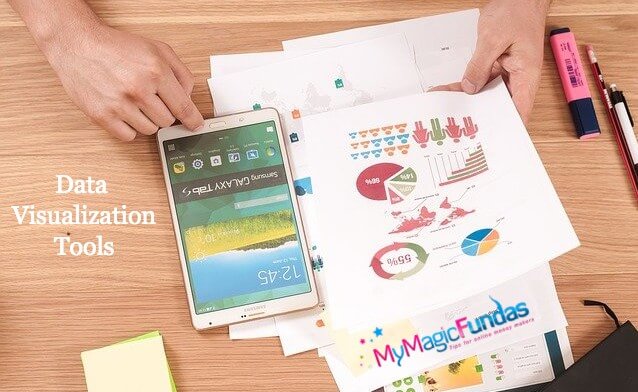When it comes to sharing information, choosing the right communication tool is everything. Infographics are a great way to express information visually and can help your audience more easily recognize trends and patterns in complex data sets.
We often think of data visualization in terms of charts and graphs, but did you know that these tools are also useful for enhancing infographics?
Below, we’ll examine how to use data visualization tools to create effective infographics for your business.
Understanding Data Visualization Tools
A data visualization tool allows you to easily manipulate and transform data to create graphs, charts, and other visuals. A plethora of data visualization tools are available, each with its advantages, but some of the most popular ones include Excel, Google Sheets, Tableau Public, and Piktochart.
Excel is a trending data visualization tool that allows you to create graphs, charts, and other visuals from your data. It also lets you perform calculations on your data and filter it in various ways. Google Sheets is a similar tool that is part of the Google Suite of products.
Tableau Public is a more sophisticated data visualization tool that allows you to create interactive visualizations with your data. Piktochart is somewhat less sophisticated but very easy to use.
When choosing a data visualization tool, it is important to consider the needs of the project. The tool should be able to create the type of infographic that is needed, and it should be easy to use. The tool should also be able to produce high-quality graphics that will be able to convey the message of the data accurately.
Creating Your Infographic
Once you have picked an ideal data visualization tool, the next step is to gather your data. This could come from research your organization has conducted, publically available data sets, or surveys you have conducted yourself. Once you have the relevant data, it’s time to start building out your visualization.
The first step is to choose the right visualization style for your data. There are several different types of visual graphics, from basic charts to more complex graphs. Some popular chart types include histograms, bubble charts, bar charts, and scatter plots.
Once you know what type of infographic you want to make, start brainstorming how best to visualize your data. Try looking at examples online for inspiration.
When you have a basic idea of what your infographic will look like, start inputting the data into the software. Be sure to label each element clearly so viewers will know what they are looking at. You would like to consider adding text labels to explain certain elements in greater detail as well.
How To Format Your Infographic?
When it comes to data visualization, colors are an important part of the overall design. Colors can be used to create emphasis, contrast, and visual interest. They can also be used to help communicate information.
Proofreading and spell-checking your work are important to avoid embarrassing mistakes. Even if you have someone else review your work, it’s still a good idea to do a final check for errors yourself. A few minutes of proofreading can save you from embarrassment and ensure that your data visualization looks polished and professional.
Finally, it’s important to make sure that all of the text on the infographic is easy to read against the background color. This means that light text should be used against a dark background and vice versa. You may also offer an easy way to share or embed the infographic to reach more audiences.
Wrapping Up
Data visualization tools are an excellent resource to create infographics that communicate information effectively and make complex data easier to understand. By using these tools, users can create graphs, charts, and other visuals that help to tell a story and convey a message.
As infographic image is increasingly popular in representing business data, we should be more attentive when creating a new one. It isn’t an easy job. However, it can be made effective by using the right tools. I hope you have learned to create better infographics through my article. Don’t hesitate to share your thoughts in the comment section!


